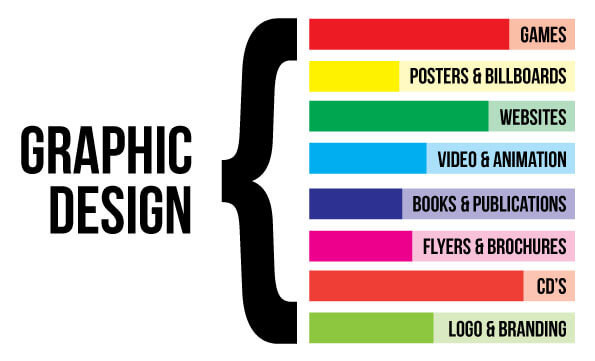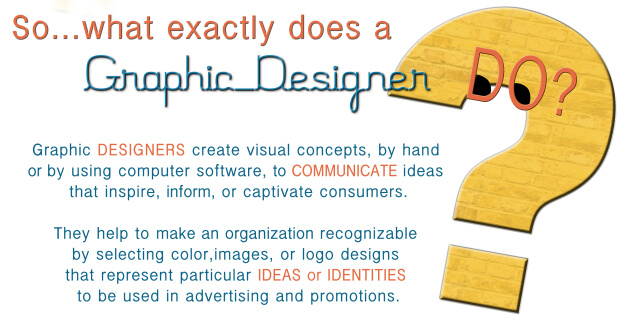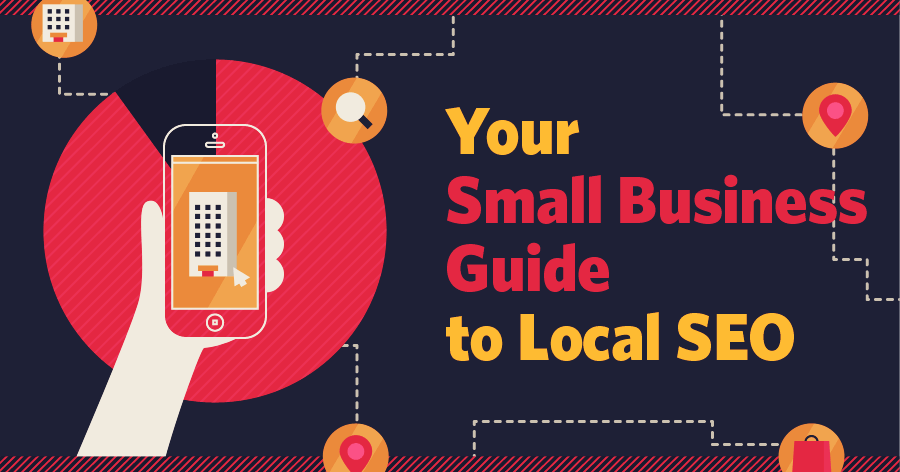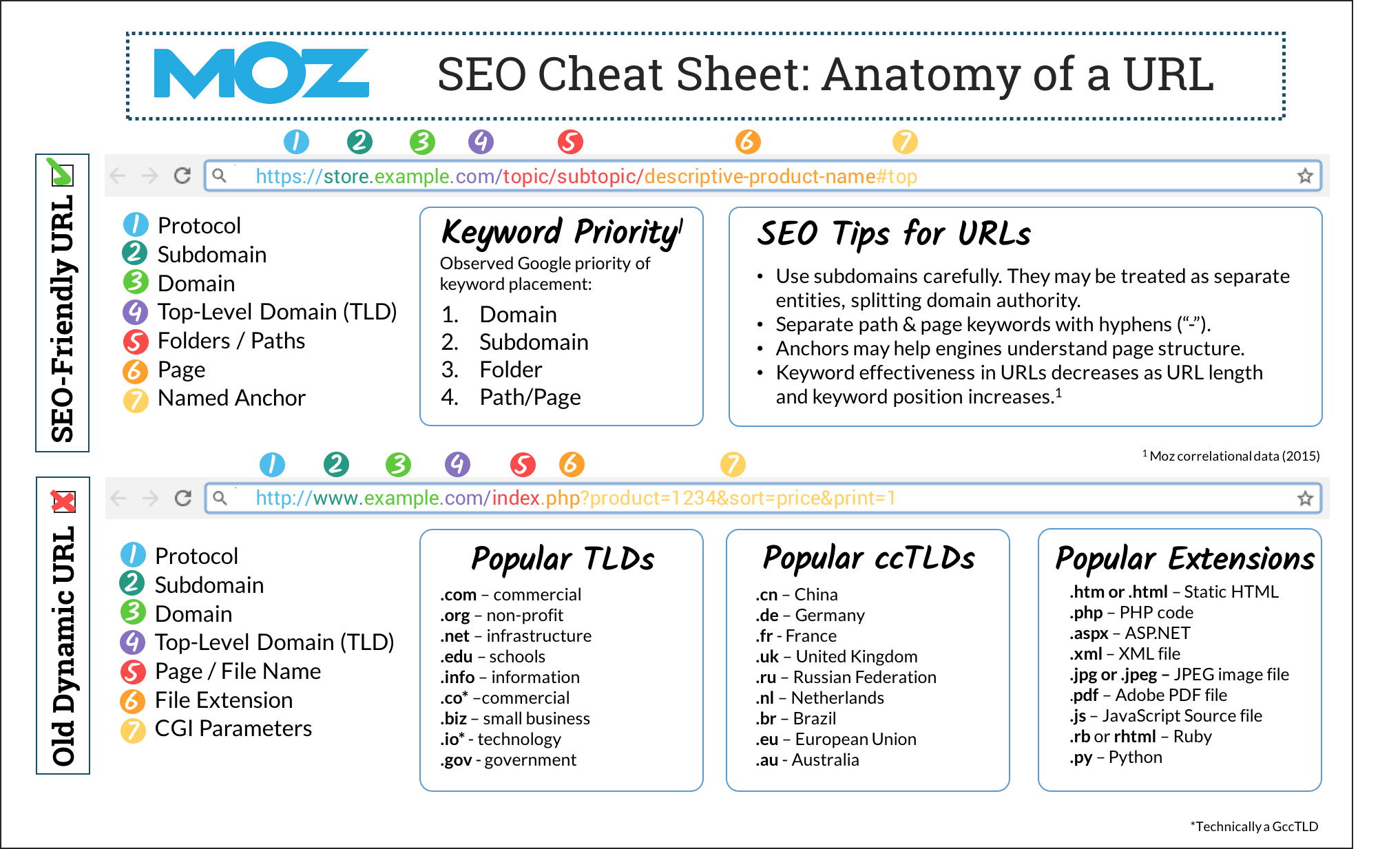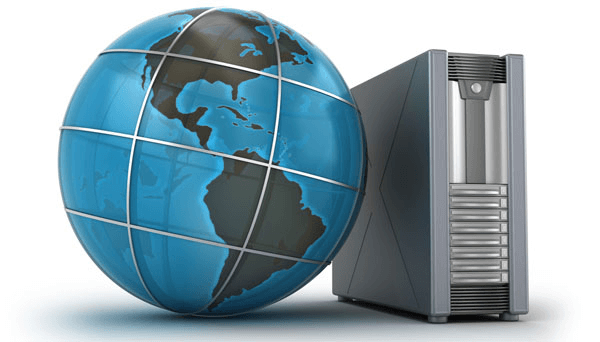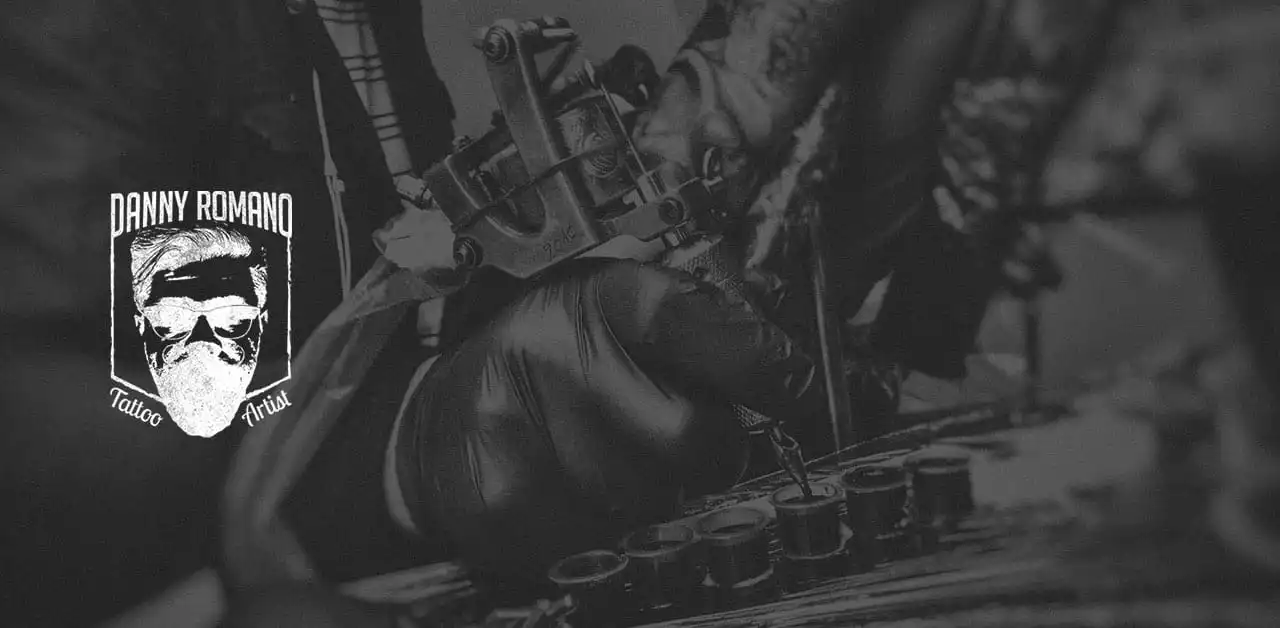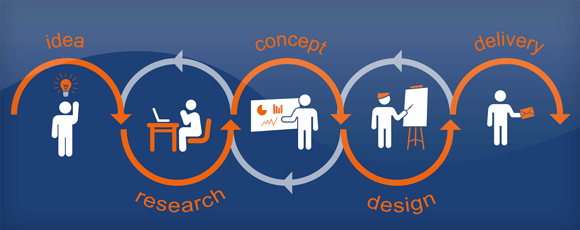It would easy to state a graphic designer is a person who works with words, pictures, color, and shape to convey a message. But that is what a kid can perform on a premier grade drawing. Graphic design for a term is fairly new. 50 years ago people practicing this were known as commercial or graphic designers, illustrators, and art directors.
But in the end we’re simply graphic designers. Some graphic designers define themselves from the media they use. The top designers, however, are the professionals using all media to convey an idea.
They’re as adept with screen-based options, such as motion graphics, as published matter. A graphic designer isn’t someone who codes sites only. That’s a developer. There are a few designers that do both, but the difference is that the ability to convey a clear message with all the technologies. A graphic designer isn’t an architect. Some graphic designers work environmentally friendly with experiences and signage in cooperation with an architect.
However, I trust the architect and structural engineer to be certain a building won’t fail. And the man down the street that learned how to use Photoshop and contains no additional education or training isn’t a professional graphic designer. It’s a difficult job that needs craft, ability, and the ability to communicate with customers and the audience.
Mix from the designer’s desire to be taken seriously as more than the individual who makes pretty things, and you find all sorts of extended names, such as expertise and brand strategy communicator. Unlike the five year old and her drawing of a home, the expert designer takes advantage of all media available, the internet, print, environment, social networking, and objects to convey a vision clearly.
He or she does this at a public place, collaborating with the customer to create value.
Just because you can do something does not mean you should. You may have the ability to move things around on the pc and make the advertisement, logo, or website, but it is ideal to collaborate with a trained practitioner. I understand this is a tough pill to swallow when it appears really easy to do it yourself or turn to some inexpensive online solution for your logo or site. But this is your own business. What it says and how it conveys its brand message will ascertain whether it fails or succeeds.
I will use the analogy of an auto mechanic. I prefer to bring it to a professional car service centre even though I may pay more. Obviously, I could find someone cheap working from their garage to repair my car if it breaks. The individual working from the garage may do a fantastic job, but I will trust the people trained to repair the brakes. Working with a graphic designer can allow you to produce a clear brand voice. This is crucial. Your brand is your company.
Consider Coca-Cola with no logo, colour red, or bottle shape. It is another cola on the shelf near the store brand. How many billions of dollars could have been lost without the renowned graphic identity? As a non-designer, you can only understand what you already know. Here’s an illustration. His opponents all had this and it appeared to work for them.
This was how he understood to convey the message. In actuality, the four by nine leaflet had no effect. I suggested we produce a stronger site and start a social networking effort to reach the perfect audience and fortify his firm as the specialists in the area. Within six months, his business increased dramatically and he expanded his client base into a completely new industry.
A good designer will have the technical abilities to create files ready to print or produce a site. When you flip over a Microsoft Word document with low resolution pictures, missing fonts, and size problems to a printer or programmer, prices dramatically increase. The possibility that something will go wrong raises and you might end up reprinting the whole job at your own cost.
A fantastic designer works with printers and programmers, understands the most effective and economical method to create something and knows how to handle the digital files and art. Your task is to run a company, manage people, and make the best product or service. Do you need to spend your days trying to design a symbol that stands out and communicates who you are?
For years, graphic designers have attempted to apply transparent metrics to quantify design’s contribution to some customers bottom line. And for decades this was hard to establish. A fantastic graphic designer will work with the customer to establish a voice and brand message. The design alternatives will reinforce the value of a service or product. The successful outcome is often a mix of those working together. That being said, there’s simply no doubt that graphic design affects the bottom line.
Every major corporation knows of design’s ability to attract the perfect audience and keep them loyal. Consider brands like Nike, Target and McDonald’s, with no strong graphic presence, every one of the brands loses their identity and appeal to the audience. You may think I am not a giant brand like Nike therefore it is not quite as important, but the principles of branding and marketing apply whether you’re a small business run from the kitchen or billion dollar company.
Kit Hinrichs made a solution that amuses Muzak as a firm. Synonymous with elevator or dentist office music, Muzak has become increasingly irrelevant in the company sector. Hinrichs revived the visuals to reflect a contemporary, sharp and confident organization. The new graphics focused the concept that this wasn’t your grandfather’s Muzak business. Jim Biber then realized the identity in structure, providing the company a compact and bold dynamic.
The business’s reputation is now powerful as a multifaceted creative music organization. Let us talk about the pragmatic difficulties. First, a well designed site will be more effective than a difficult to navigate and aesthetically unappealing one. It is common sense to recognize that in today’s competitive business market the poorly designed website will cause the brand’s failure.
Secondly, the perception of your company is more important than the truth. It is unfair, I know, but that’s the way the world works. With these variables in play, trying to succeed with a logo, visual program, packaging and website, made by Jerry, the child next door, is a terrible option.
Hopefully this does not sound too preachy, but I have seen too many great businesses either fail or not reach their full potential because their external face is dull, confused and forgettable. A professional graphic designer knows how to evaluate your brand, refine its message, point it toward the perfect audience and make a strong visual presence. Working with a great designer is a continuing relationship that can never make a bad product great, but might make a fantastic product or service spectacular.
I hope we’ve established that graphic designers are an essential component of a company’s success. The most prosperous relationships with a designer are collaborative. Graphic designers are remarkably proficient at taking complicated issues and re-defining them into digestible pieces. Recognizing what the designer’s role is and is not will help manage the connection successfully. A graphic designer’s role is, at its heart, to convey the client’s message to the ideal audience successfully.
Reaching this objective differs for each and every customer, as every job is unique to a particular set of issues. Good graphic designers need to be more worried about the best way to convey correct messages as opposed to making something cool, purple or pretty. It is the designer’s job to work with a client to ascertain what the newest message is and if this message is the best one.
They should work with you to assess your present audience and that the audience ought to be. From this information, the designer will create the solution that addresses the requirements of the project. It is up to the designer to indicate the ideal vehicle for your own message. Perhaps a site is the better way to convey to the audience, as opposed to a brochure.
The designer will either work independently or with others. He or she’s not a writer and might indicate a copywriter for the content. On occasion, I have used my own illustrations or photographs, but only because they fit the job. Your designer should indicate and organize the work with these providers and the designer isn’t the printer or programmer. He or she’ll find a printer and organize estimates for you.
Some designers, both code and design websites, but many have a programmer they trust and work together. He or she helps determine the message, moderate and implementation working with various disciplines. The designer should keep all of the trains running on time and be sure they are all on the right path.
He also told me at least 20 times, that he could be designing his own logo, stationery, promotional materials, and site himself, but he just did not have enough time. Following the 21st time hearing this, I replied, “That’s funny, I was going to design and construct an addition “to my home, but I do not have enough time.” I assume mistakenly that many men and women know the downside of designing their own materials if they aren’t a graphic designer.
The technology now makes it look easy. Why should I spend money on something that I could do myself? After all, it is only a logo, how hard could that be? Compounding the challenge is the fact that good design should seem effortless. Desperate and contrived design does not work. Good graphic designers understand this. It requires time, labour, and expertise to design a successful solution.
Let’s say I am beginning a new gallery for photography. First, I think of a title: Nice Photography Gallery. I design a symbol in Microsoft Word since I understand this better than other apps. Then I design my site using a template. Now I’m done and have saved plenty of cash, but the title will not work because the domain name is taken.
I just spent my budget on letterhead and business cards which I can not use. The company cards came back and did not possess the quality that I saw on the printer’s web site. And the web site looks amateurish and unprofessional. When I hired a graphic designer, they would have worked with me to get a name that spoke to the new message which we developed together.
It would exist in many digital formats suitable for the last use, print or screen-based. The company card would be printed and designed with a fantastic printer, organized by the designer. And my site will now be easy to use, alter, and add to. It would have a special vision that matches my new message. In the long run, employing a designer saves cash, frees your most important asset, and averts a great number of costly and potentially brand-killing mistakes.
Bear in mind, it appears simple but it’s not. You will find technical, aesthetic, and communicating problems that inform every decision. Allow the designer do their job, collaborate, and never skimp on your external message or the creative.
